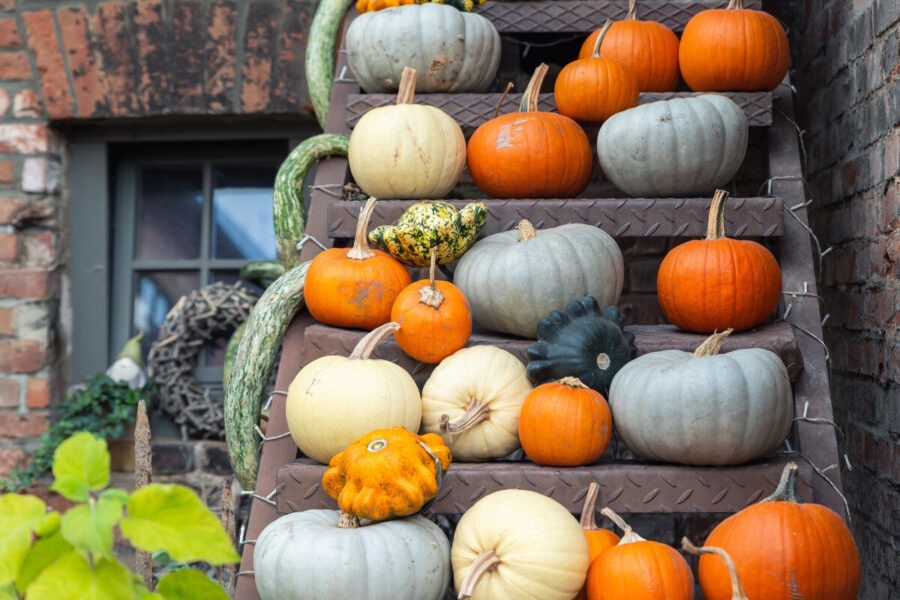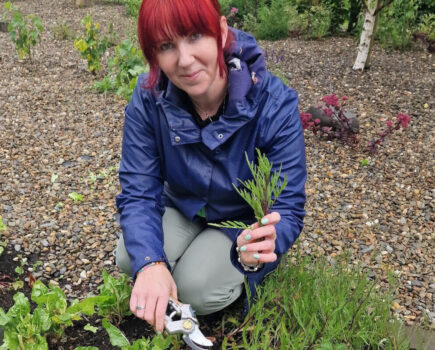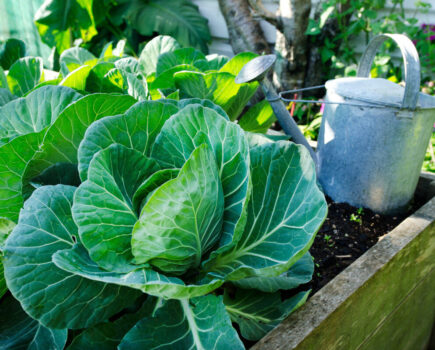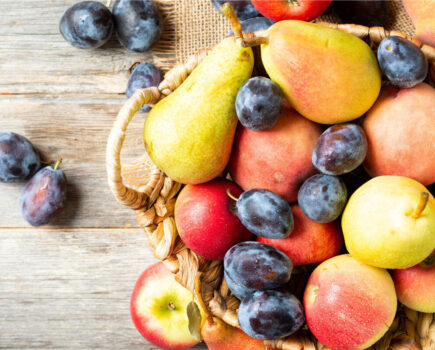Bob explains why it’s all about soil prep, feeding and support for greedy cucurbits
Squash of all sorts are very popular despite being relatively new crops. True, we’ve long grown marrows, likewise their baby sister courgettes/zucchini, which are just that, baby marrows. As we’ve been growing these summer squash for so long, they’ve adapted and are fairly easy in an average summer and most varieties are conveniently bushy rather than trailing which means they fit well into beds. Pumpkins cultivated for Halloween more than as food are also pretty tough plants, though hungry with a serious expansionist habit.
The newer, many sized and coloured squashes have different ancestries so need more warmth than marrows, courgettes or even pumpkins, sometimes failing in a cold, dull summer. Almost all have a trailing tendency, not quite as rampaging as pumpkins, but inconvenient to confine in a neat, already full, vegetable plot.
Among the most popular are butternut types, which unfortunately are also among the more demanding, yet well worth producing as they are almost as tasty as sweet potatoes.
A good way of improving your crop of any squash, while keeping them out of the way, is training them up strings onto a fence, hedge, small tree or similar. By lifting the foliage higher, they get exposed to more sun so do much better.
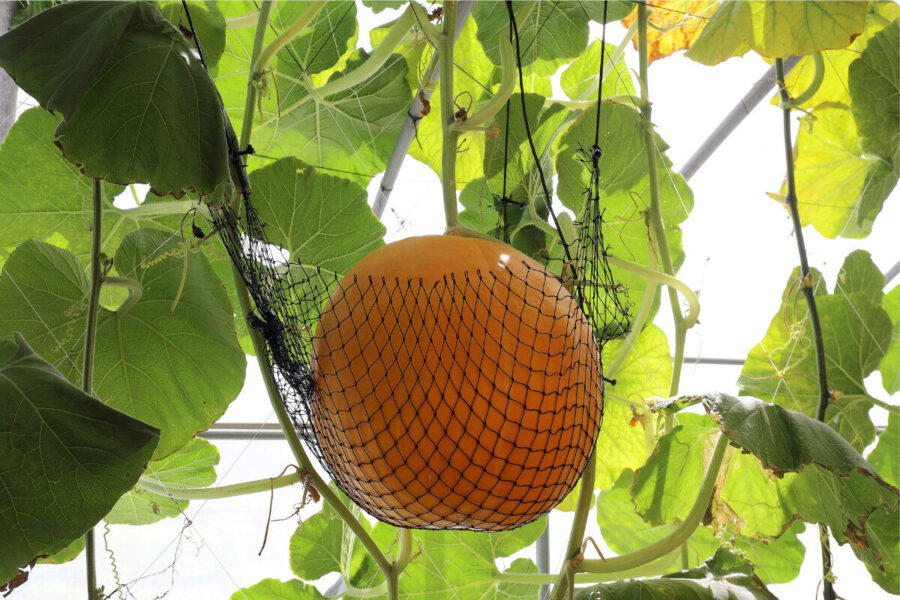
Get creative with planting supports!
You will need to support their heavy fruits; net bags are good, old tights work brilliantly, and old bras become a certain talking point. However, if you want much better and larger crops, you must improve their planting sites.
Dig as large a hole as is practical, mix the soil with well-rotted manure and/or compost, and/ or a preferably organic general purpose slow-release fertiliser, and repack it all into the hole, ideally forming a mound to plant on.
Prepare these sites as soon as possible then cover with black dustbin bags weighed down to warm the soil and suppress weeds, ready for planting in say five or six weeks’ time. You can go a stage further and make temporary tents over the sites, using clear plastic sheets supported around 30cm (12in) off the ground on sticks and weighed down at the edges. This combination of black sheet and clear tent makes the soil welcomingly warm by the time planting arrives.
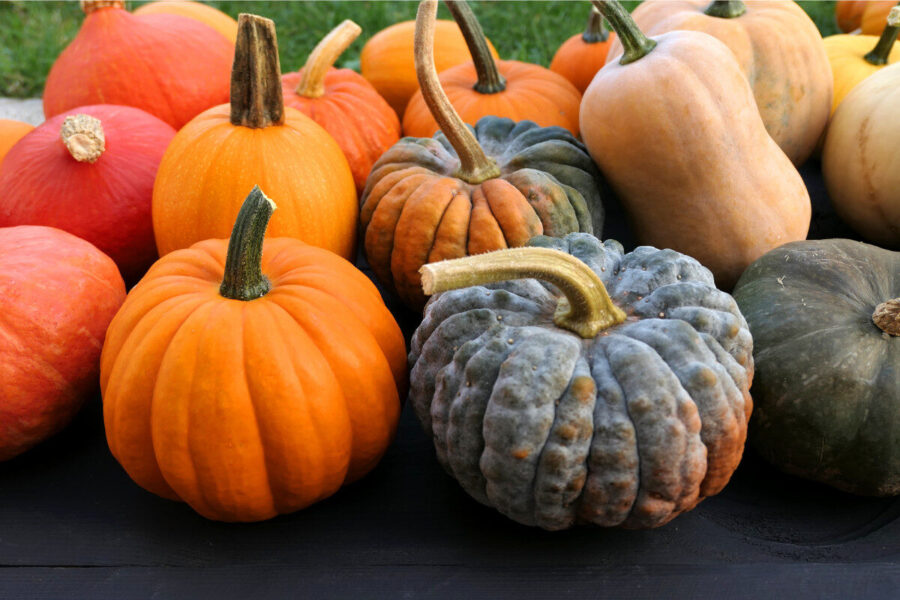
Don’t forget to water well
The plants will get off to a flying start and their tents can be discarded when full of foliage because by then we will be well into summer.
Now, there is a very important thing with all this family, especially if you are after a prize pumpkin. Do not allow the first fruits that set to swell, apart from courgettes. If you do, the plants switch resources to the fruits, grow less vigorously and may do poorly. Instead, remove those first fruits, as this makes the plants grow more and make more leaves and roots which will lead to better and bigger harvests for you.
With stronger plants you can then allow the later fruits to remain, but even so, for fewer, much larger fruits, wait longer as the plants will respond and grow these superbly. And for a pumpkin, wait longer still, then leave just one and it should become enormous.
PS. Do not forget to water all of these heavily to maximise squash success!
Find more tips, advice and articles like this at the Amateur Gardening website. Subscribe to Amateur Gardening magazine now

